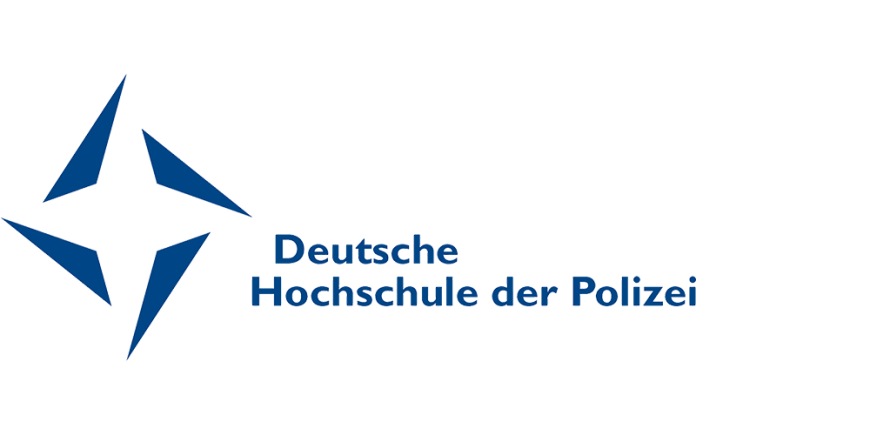
Overview

Project partners





The research project at a glance
Targets of the project
The project aims to develop for the first time a therapist-based online-intervention for individuals who sexually abused children and individuals who consumed child sexual exploitation material under community supervision and to evaluate it in respect of current scientific standards. It is not the project’s purpose to change the current standard of probation service or community supervision. The project aims to provide probation officers an additional tool so that workload will be reduced and public safety will be encouraged.
Scientific background
Sexual child abuse is one of the most harmful events for the healthy development of children. Treatment programs for individuals who sexually abused children are able to significantly reduce the risk to re-offend (e.g., Lösel et al., 2015). In the last years factors could increasingly be found, that promote or facilitate a further re-offending after already committed offences (e.g., Mann et al., 2010). Online-interventions are an opportunity to address many persons therapeutically. In the realm of general clinical psychology there have been over 100 randomized controlled trials to evaluate internet-based interventions within the last two decades. Thereby moderate to very strong effect sizes were revealed (e.g., Hedman et al., 2012). In Germany there are according to our current knowledge no internet- and therapist-based treatment programs for recorded offenders, i.e., for humans that have already been convicted of abuse or consume of child exploitation material (Wild, Fromberger et al., 2018).
Further information about scientific background can be found here.
eHealth-App
There are a multitude of programs in Germany to prevent child abuse. But there are only a few professional interventions for individuals who sexually abused children and individuals who consumed child sexual exploitation material that were already finally convicted. Especially in rural areas, these programs were often offered not at all. Online-based interventions could close this care gap. Therefore, the development and scientific evaluation of a therapist-based online-intervention (eHealth-App) for individuals who sexually abused children and individuals who consumed child sexual exploitation material under community supervision is the centrepiece of »@myTabu«. The online-intervention contains different modules that selectively reduce particular risk factors. For example, persons concerned could learn by use of the online-intervention how to cope better with negative emotions and experiences or why certain decisions in life could lead to the fact that oneself became to be an offender. By means of many explanatory videos and exercises, persons concerned could any time work online and independent of localization on their resocialization and prevention of further offences. Clients and coaches could communicate via a protected and secure In-App-Messenger and swap their thoughts under professional secrecy. Probation officers are also able to communicate with their clients via the system and react promptly to their clients’ suggestions and requests.
Online risk-assessment
Furthermore, a continuous online risk-assessment instrument for identification of potential risk situations will be developed so that further fall-backs could be identified and avoided prematurely and pre-emptively. Treatment programs are demonstrably most effective when these risk variables are treated that are most strongly linked with the danger of re-offending (Andrews & Bonta, 2007). This principle could be followed by means of a continuous online risk-assessment. Consequently, an online risk-assessment leads on the one hand to a more effective and more individualized intervention, on the other hand, the public safety is guaranteed.
Health economics evaluation
The effects of a sexual child abuse can not really be estimated monetarily because of the complex and intensive emotional and mental consequences. But in times, in which the health system also follows the logic of money, such evaluations appear to be inevitable. Thus, current estimations assume that each in treatment and re-offending prevention of individuals who sexually abused children invested euro saves up to 12 euro of costs caused by the consequences of sexual abuse (e.g., Habeta et al., 2012; Post et al., 2002; Donato & Shanahan, 1999). This estimation demonstrates that »@myTabu« could maybe not only reduce the treatment costs of individuals who sexually abused children and individuals who consumed child sexual exploitation material under community supervision, but also help to reduce the follow-up costs due to re-offending. Whether this is the case will be tested scientifically in the context of »@myTabu« and up-to-date data will be determined.
Open Source
»@myTabu« pursues stringently the idea of open-source. The eHealth-App developed for individuals who sexually abused children and individuals who consumed child sexual exploitation material under community supervision will be released under an open-source-license. Thereby, interested institutions, scientists, administrations, but also persons concerned could embed the app in own projects without additional costs.
All released open-source repositories can be found here.
Literature
Andrews, D. A. & Bonta, J. (2007). The risk-need-responsivity model of assessment and human service in prevention and corrections: Crime-prevention jurisprudence. The Canadian Journal of Criminology and Criminal Justice, 49, 439-464.
Donato, R. & Shanahan, M. (1999). The Economics of Implementing Intensive In-Prison Sex-Offender Treatment Programs. Canberra: Australian Institute of Criminology.
Habetha, S., Bleich, S., Weidenhammer, J. & Fegert, J. M. (2012). A prevalence-based approach to societal costs occurring in consequence of child abuse and neglect. Child Adolesc Psychiatry Ment Health, 6(1), 35.
Hedman, E., Ljótsson, B., & Lindefors, N. (2012). Cognitive behavior therapy via the Internet: a systematic review of applications, clinical efficacy and cost–effectiveness. Expert Review of Pharmacoeconomics & Outcomes Research, 12(6), 745-764.
Lösel, F. & Schmucker, M. (2005). The effectiveness of treatment for sexual offenders: A comprehensive meta-analysis. Journal of Experimental Criminology, 1, 1-29.
Mann, R. E., Hanson, R. K., & Thornton, D. (2010). Assessing risk for sexual recidivism: Some proposals on the nature of psychologically meaningful risk factors. Sexual Abuse, 22(2), 191-217.
Post, L. A., Mezey, N. J., Maxwell, C. & Wibert, W. N. (2002). The Rape Tax. Journal of Interpersonal Violence, 17(7), 773-78
Wild, T. S., Fromberger, P., Jordan, K., Müller, I., & Müller, J. L. (2018). Web-Based Health Services in Forensic Psychiatry: A Review of the Use of the Internet in the Treatment of Child Sexual Abusers and Child Sexual Exploitation Material Offenders. Frontiers in Psychiatry, 9.